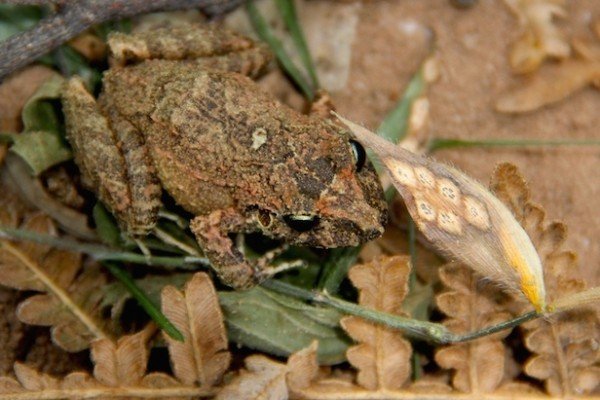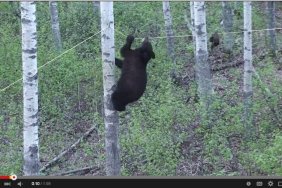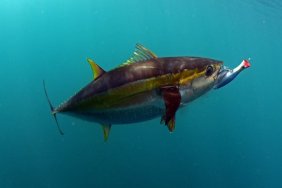Seven new animal species have been discovered and ten plant species have the potential to be classified as new thanks to a project called Identidad Madidi. The discoveries were made in Bolivia’s Madidi National Park.
The new animal species found in Bolivia include two new frogs and a high-altitude lizard.
The Identidad Madidi expedition began in June 2015 and over a 26-month period will investigate more than a dozen sites within the park. The story was recounted in a recent piece by one of the accompanying biologists.
In the early months of the project researchers found and identified a new species of rubber frog from the Oreobates genus.
That discovery was followed this year with identifying two additional frog species from the genus Psychrophrynella. These little brown frogs turned out to be the biggest find of the trip to Bolivia so far, a new species completely unknown to science.
On a high altitude search, herpetologist James Aparicio of the Bolivian Faunal Collection discovered a new Liolaemus iguana lizard in a valley that sits at an altitude of 4,500 meters.
Ranging from the glacier-covered peaks of the high Andes Mountains to the tropical rain forests near the Tuichi River, Madidi is recognized as one of the planet’s most biologically diverse regions.
Wildlife biologist Dr. Robert Wallace was credited for discovering a previously unidentified titi monkey, a new species in Madidi that’s endemic to the area.
The park is notable for over 1,254 bird species – representing 14% of the world’s 9,000 known species. In addition to the biodiversity of the land here, there is a rich and varied life found in the water with 496 fish species, and Madidi has more than 120,000 different species of insects, 204 species of reptiles and 272 identified mammals.
Identidad Madidi is a major biological expedition that aims to increase knowledge of the biodiversity within the park. The research team consists of 30-some biologists and guides who will be surveying the area’s ecosystems.
Madidi National Park was created in 1995 to preserve the region’s extraodinary levels of biodiversity. A critical goal of the project is to spread awareness of the park’s wildlife to the Bolivian populace.
Photo credit: Morgan Erickson-Davis








